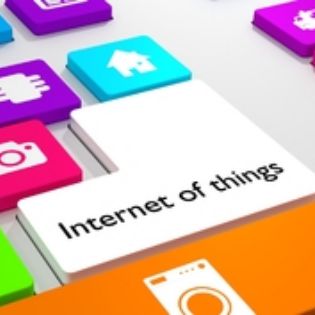Cloud Service Providers Help Insurers Embrace the IoT
December 20, 2017

The Internet of Things (IoT) and cloud services providers are irrevocably twined in today’s digitally focused world. No industry is immune from the disruptive effects of a world capturing data via internet-empowered sensors. According to Gartner, IoT devices will top 26 billion connected units by 2020.
Even the most stoic and traditional of industries have been affected by IoT devices, including finance, the law, and insurance.
This post explores how the insurance industry has been integrating IoT sensors and how this will continue to change the field in the years to come.
Carriers Look to Cloud Service Providers for IoT Data
For an industry built on risk management, partnering with cloud service providers may at first seem counterintuitive. Yet cloud service providers have proven to be more – not less – secure than on-premise applications that fail to stay up-to-date with the latest security patches. Indeed, the biggest threat from the plethora of IoT devices on the market today isn’t the cloud – it’s the IoT devices themselves.
Understanding how insurers are securing IoT devices while capturing the rich flood of data they provide is an interesting and thought-provoking study in how a traditional industry is learning to adapt to technology disruption.
Indeed, the biggest change to hit the insurance industry is their use of IoT sensors to track driver behavior. While telematics has been around for a decade, the applications that allow smartphones to track driving habits are relatively new. These apps passively observe data such as speed and braking, and then upload the information to the insurer. Business analytics allow the carrier to determine if the customer is a high or low risk, based on these metrics.
What’s interesting is that when these apps are installed, driver behavior improves. Insurers can respond with a rate reduction or premium rebate. This proactive approach to the reactive model of insurance has moved the needle on an entire industry. Insurers can now attempt to attract better drivers, reducing their risk and improving their bottom line.
But the IoT isn’t just affecting auto insurance – other IoT applications can apply to the homeowner insurance sector. For example, Carrier Management suggests that connected smoke detectors and water sensors would make a home a lower risk, potentially changing the risk factor for insurers and potentially reducing premiums for the homeowner.
Cloud Service Providers and the IoT Spawn New Insurance Models
Connected devices are spawning an entirely new set of insurance start-ups. For example:
Insurtech continues to build momentum with the use of IoT devices and cloud service providers, but also blockchain, artificial intelligence, business intelligence and machine learning. It remains to be seen what will be next, but TOSS C3 remains poised to help insurance carriers and agencies safely harness the technology that is changing their industry – and the world.
Request a Quote for TOSS cloud services.

Subscribe now and stay up to date with News, Tips, Events, Cybersecurity, Cloud and Data Compliance.